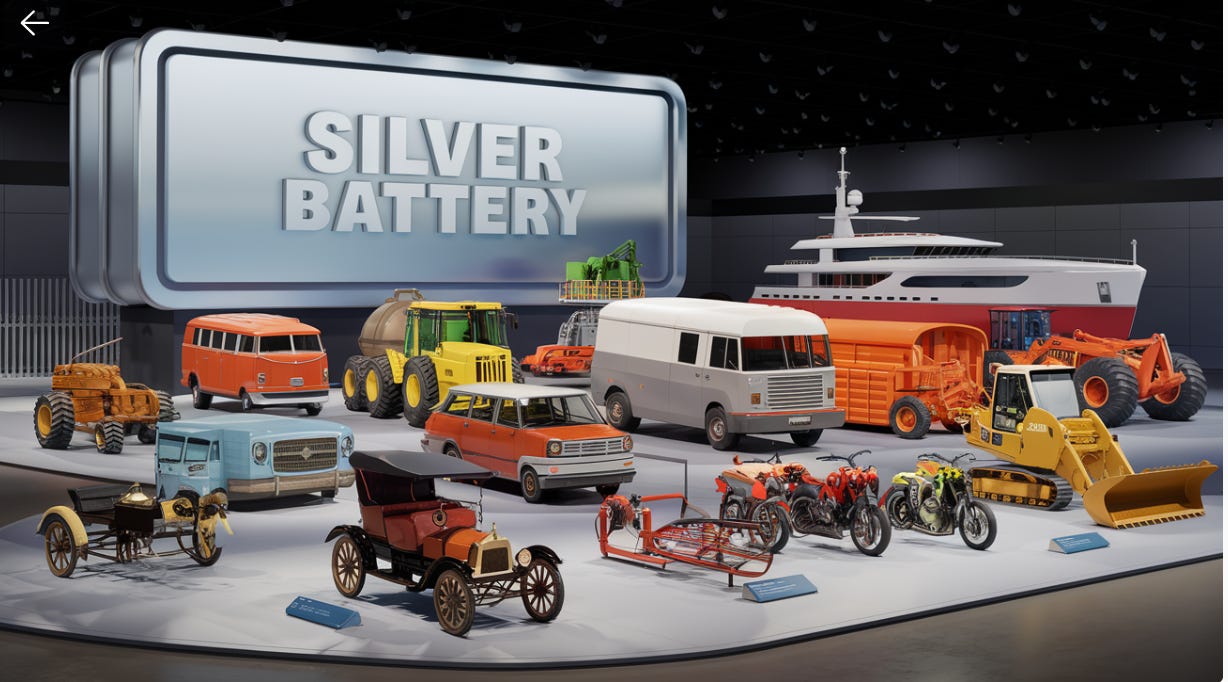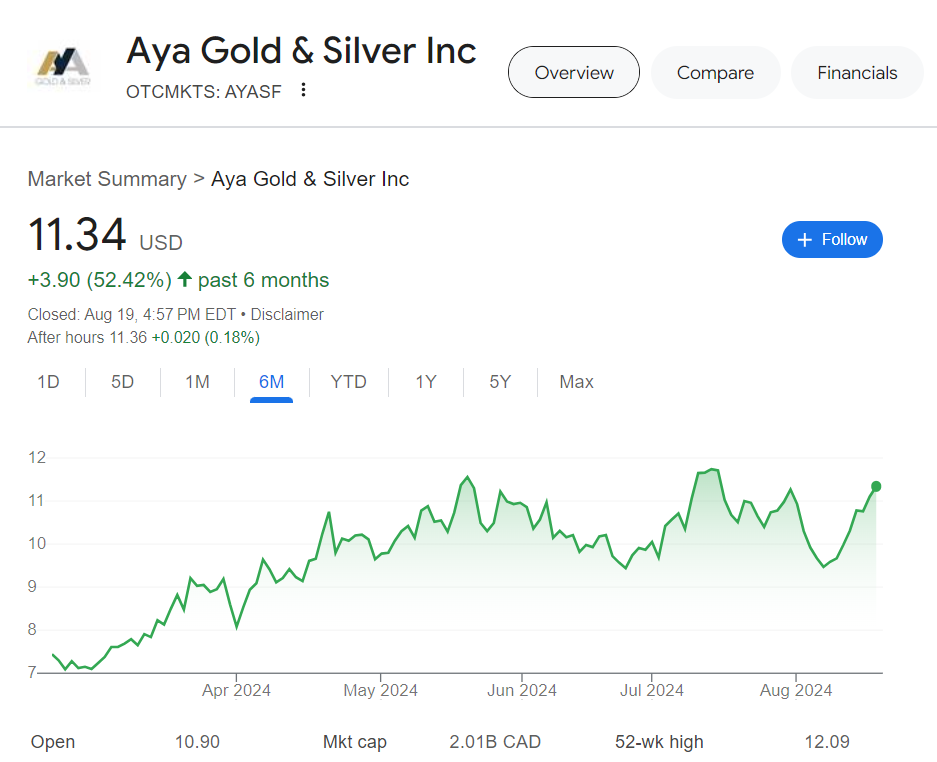The Engine Cares Not What it Powers. The Public Turns to Silver for Faster Charge, Longer Range and Longer Life.
These Silver Shortage Numbers are Mind Boggling. See if you Agree with us.
In the early 20th century, a revolution in personal transportation was about to change the world.
The year was 1908, and Henry Ford had just unveiled his Model T, a car that would put America on wheels and spark an industrial transformation unlike any seen before.The heart of this revolution was the Model T's engine - a simple yet robust 4-cylinder marvel that produced 20 horsepower.
This powerplant, designed for reliability and ease of manufacture, would soon find its way into applications far beyond the automobile.
As Model Ts began rolling off assembly lines by the thousands, enterprising individuals across the country saw potential in Ford's creation.
Farmers, always eager for ways to increase productivity, were among the first to recognize the engine's versatility.
They began removing engines from old Model Ts and repurposing them to power everything from water pumps to grain mills.
The adaptability of the Model T engine sparked a wave of innovation. Soon, it was powering boats, generators, and even early aircraft. In rural areas, where electricity was still a luxury, the Model T engine became a lifeline, providing power for essential tasks and bringing modern conveniences to remote communities.
This technological transfer wasn't limited to small-scale applications. As the reliability and efficiency of the Model T engine became apparent, larger industries took notice. Mining companies began using modified versions to power equipment deep underground.
Construction firms found ways to incorporate the engine into various pieces of machinery, revolutionizing building techniques.
The Model T engine's influence extended beyond American shores. In Europe, where the scars of World War I were still fresh, the engine found new life in reconstruction efforts. Its simplicity made it ideal for powering portable sawmills and other equipment needed to rebuild war-torn cities
The silver market is poised for a significant supply crunch that has not yet been fully reflected in its price. This impending shortage, driven by the rapid growth of electric vehicles (EVs) and renewable energy technologies, could lead to a dramatic price increase in the coming years.
The EV Revolution and Silver Demand
Electric vehicles are at the forefront of the growing demand for silver. Regardless of the vehicle type, any mode of transportation utilizing an electric engine contributes to this surge in silver consumption. The electric engine (silver battery) alone is projected to require 25,000 metric tons of silver annually for EV production.
This number is based on the adoption of Silver solid state battery (if it’s good enough for EVs it’s good enough for almost any engine in any car, truck, bus, barge, plane)
To put this in perspective:
25,000 metric tons is equivalent to approximately 803,750,000 troy ounces of silver.
This is one year of mining effort
How do you think the solar, aerospace, military, AI, robotics, jewelry manufactures are going to respond to be shoved out of line?
This demand spans across various vehicle types, including cars, trucks, vans, buses, motorcycles, ships, barges, ferries, yachts, and even airplanes.
Silver's Superiority in EV Technology
Silver's unique properties make it the preferred material for many EV components, particularly in battery technology. Its excellent conductivity, corrosion resistance, and thermal management capabilities make it indispensable in the production of high-performance EV batteries.
Market Size Comparison: Silver vs. Nickel
To understand the potential impact on silver prices, it's instructive to compare it with the nickel market:
The nickel market, with an annual production of 2.7 million tons, is expected to see price increases over the next five years due to EV demand.
Projecting forward, The silver market, at approximately 25,000 metric tons per year for silver batteries, is about 108 times smaller than the nickel market.
This vast difference in market size suggests that the impact of EV demand on silver prices could be significantly more pronounced than on nickel prices.
Factors Contributing to the Potential Price Surge
Limited Supply: Unlike some other metals, silver mining is often a byproduct of other metal extraction processes, making it challenging to quickly increase supply.
Diverse Industrial Applications: Beyond EVs, silver is crucial in solar panels, electronics, and other growing industries, further straining supply.
Investment Demand: As awareness of the supply shortage grows, investment demand for silver as a precious metal could increase, adding to price pressure.
Technological Advancements: New technologies, like solid-state batteries, may require even more silver per vehicle, potentially exacerbating the supply-demand imbalance.
Market Implications
The current silver price, hovering around $30 per ounce, may not fully reflect the looming supply shortage. As the Silver battery market continues to expand and other industrial uses grow, we could see a significant price adjustment in the silver market.
Investors, manufacturers, and policymakers should be prepared for potential supply chain disruptions and price volatility in the silver market. Companies reliant on silver for their products may need to secure long-term supply agreements or explore alternative technologies.
The silver market appears is on the cusp of a major shift.
We will now experience SilverWars between industry sectors. (Military, Aerospace, Solar, Electric engines) all competing for the #1 conductor of energy…SILVER
The combination of surging demand from the EV sector, limited supply flexibility, and silver's critical role in various emerging technologies suggests that current prices may be undervaluing the metal's future prospects. As the market begins to price in these factors, we will see a massive explosion in silver price and sustained increase in silver prices in the coming years.
The secret will be investing in Silver mining.








